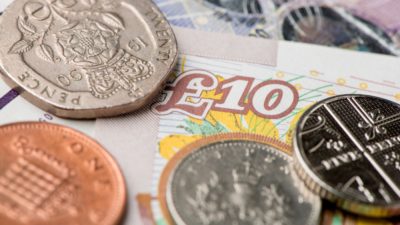Whenever I see a high-yield stock with a relatively stable share price, it immediately grabs my attention. If I then take a look at the dividend forecast and see that various analysts expect the dividend per share to increase, I’m even more interested (though one must always be mindful that future dividends are never guaranteed). Here’s an example that ticks both boxes right now.
Food for thought
The company in the spotlight is the Bakkavor Group (LSE:BAKK). Listed on the FTSE 250, the share price is down 8% over the past year. The current dividend yield is 8.22%.
Bakkavor is an international food manufacturing business, with its main markets being the UK, US and China. It has been operating for over three decades with a strong history of financial performance.
In terms of income, it typically pays two dividends a year. The larger of the two comes with the full-year results and is announced in March. The interim dividend makes up the rest of the total figure, announced in September.
In 2023, the first dividend was 4.16p with the interim figure at 2.91p, giving a total amount of 7.07p.
Looking forward
The dividend forecasts indicate a jump over the next two years. For 2024 the forecast is 4.36p and 3.06p, giving a total of 7.42p. As for 2025, the expectation is for 4.58p and 3.21p, totalling 7.79p.
This stacks up when I look at how the business is currently performing. The H1 2023 results noted like-for-like revenue up 7.4% versus the same period last year. With the Chinese market showing good recovery signs, this could help to support further growth in 2024 and beyond.
One concern is if we see inflation run higher here in the UK and the US over the next year. This would push up the prices of raw materials for Bakkavor, eating into profit margins.
Ultimately, I believe the growth in the dividend payments would be very plausible.
Thinking about the yield
A limitation of trying to figure out what my dividend yield could be is the uncertainty about the share price. If the share price stayed at the current level, my yield next year would be 8.62% and for 2025 it would be 9.05%.
Can I assume this to be correct though? Not really. Some would say it’s a risk as the share price could rise over the coming year. This would cause the dividend yield to fall. Yet the share price could mimic the movements of the past year and fall by another 8%. This would make the yield even higher for a prospective investor.
Ultimately, I think it’s more important to focus on the fundamental direction of the business. It’s looking like it could perform well over the coming couple of years. Should the company continue to pay out yields, this should help dividend payments to grow. So if the actual yield turns out to be 7%, 8% or 9%, it’s still going to be an attractive yield.
I believe that income investors should consider adding the firm to a portfolio to boost their overall yield.







